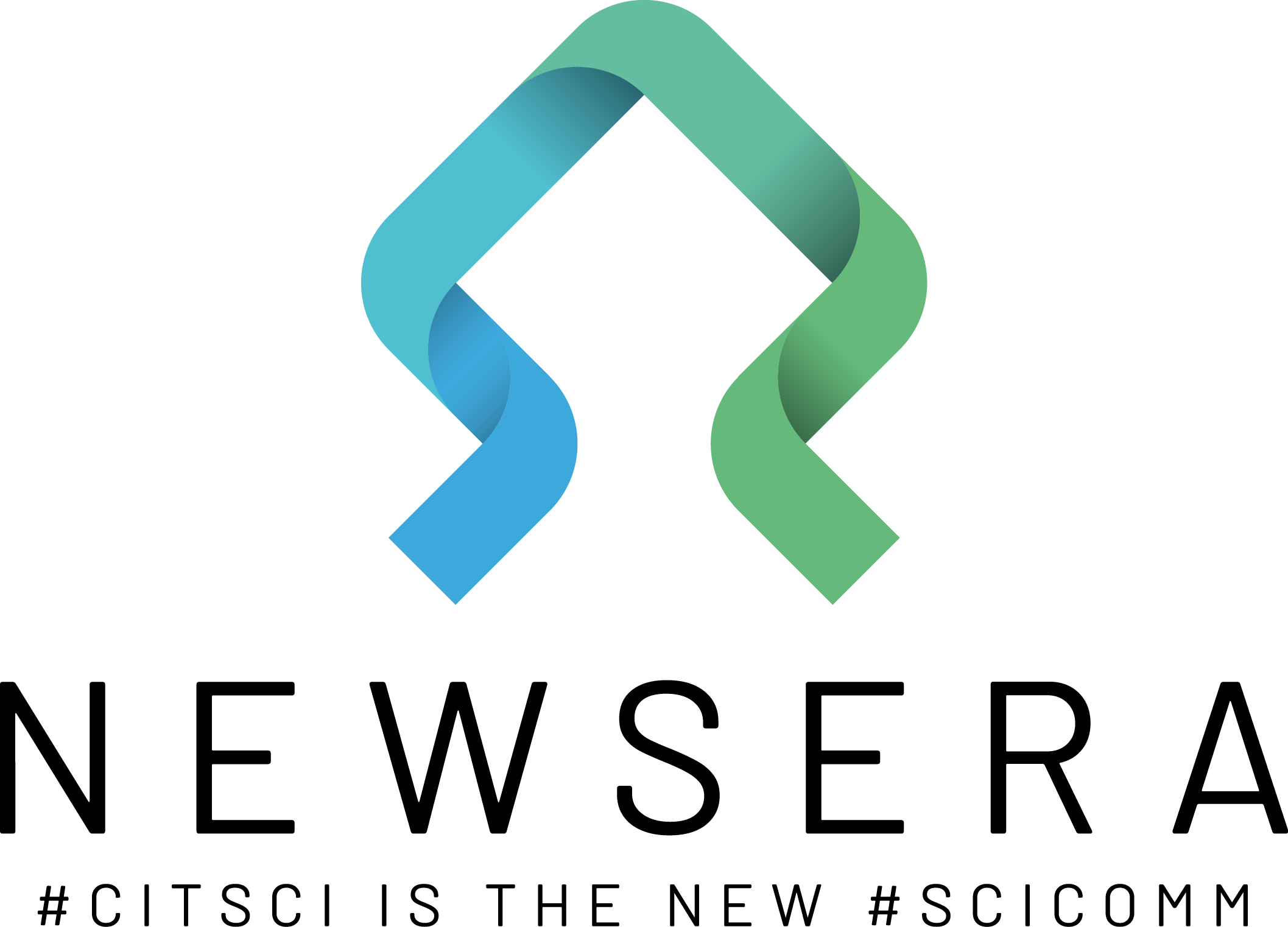Citizen science projects are great collaborative data collection efforts. Citizens involved in such projects can play a key role when it comes to science information and education, because they investigate matters of public interest, whether local or global.
Generally, they are also more educated than average on the topic they are investigating, and highly motivated in sharing their knowledge with others.
Citizen scientists can become a prime source of information on specific issues, and they can be a valuable ally for journalists, especially data journalists; involving journalists can also be a way to spread word about a project and increase its impact.
But citizen scientists could also learn practices and methodologies from data journalists, in order to use better the data they are producing.
Citizen science and journalists can put together their methodology and experience, both to use data generated within citizen science projects as a source for news stories, and to enhance the ability of citizen science practitioners to communicate their results to their community.
THE LAB
To address these different needs, the “NEWSERA Data and science journalists Lab” was divided in two routes, both held online.
Track 1
Citizen science practitioners from 39 ongoing citizen science initiatives, the NEWSERA “Pilots”, and data journalists worked together on how (and when) citizen science data can be transformed into media stories.
A dynamic allowed journalists to understand some of the basic characteristics and values of the citizen science projects. Focus was made on each of the 3 components of newsmaking: news, data and data visualizations.
Track 2
The needs of the citizen science projects were discussed: what are they aiming at, what the goals and expectations are when sharing data with journalists. A common methodology was defined for all projects on collecting, sharing and “interviewing” the data. A common methodology was also defined to find and angle to the story and to craft it for the media, the journalists or for digital platforms.
The Track 1 workshop was conducted on July 8th 2021 (Italy) and July 13th (Spain and Portugal); the Track 2 workshop was carried out on January 18th (Italy and Spain) and 19th (Portugal), 2022. The final workshop of the Data and Science Journalists Lab was conducted in Barcelona on November 28th, 2022.
The selection process to enroll as a NEWSERA pilot is closed.
RESULTS
The learnings of this co-created process were used to develop the Blueprint for #CitSciComm with and for science journalists. This blueprint, dedicated to science and data journalists as target stakeholder, addresses the importance of this stakeholder, good practices on the co-design of targeted communication plans, elements of co-design, mutual benefits of CS project-stakeholder, and indicators. Furthermore, a description and details of messages, innovative tools, channels and specific case-studies from the NEWSERA Pilots are included. Finally, we shared a series of recommendations to efficiently engage with quadruple helix stakeholders and science and data journalists for wider impact and ensure replicability of the NEWSERA findings and science communication strategies in citizen science projects and beyond.


